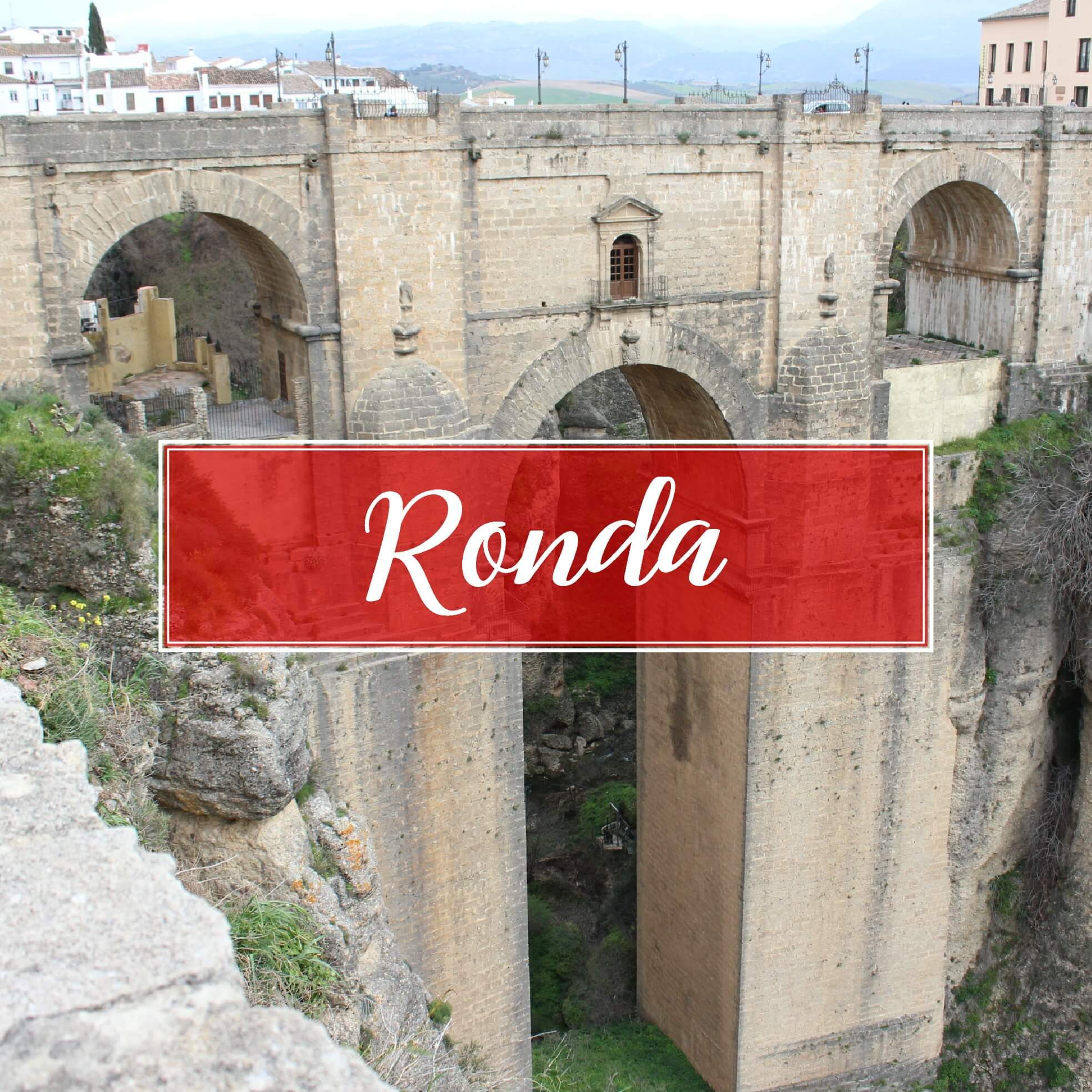Ronda is an ancient city brimming with history, beauty, and romance. Set in a stunning natural landscape, this Andalusian gem is renowned for its majestic Puente Nuevo, which spans the dramatic Tajo gorge and has become a symbol of the Málaga province, attracting over a million visitors each year. However, Ronda offers much more than this iconic bridge; it is a place where medieval history comes to life in its cobbled streets and where the influence of bygone eras is reflected in its monuments and palaces, transporting visitors to another time.
Ronda’s religious heritage is equally notable, with churches and convents that attest to its rich spiritual legacy. The panoramic views from its vantage points are simply spectacular, offering a unique perspective of the surrounding mountainous landscapes. Historical buildings such as the Casa del Rey Moro and the Palacio de Mondragón are time capsules that allow visitors to immerse themselves in the grandeur and splendor of past epochs.
Additionally, Ronda is a paradise for food lovers, with restaurants offering traditional Málaga cuisine. The local dishes, made from fresh, local ingredients, are perfectly paired with Ronda’s exquisite wines, renowned for their quality and distinctive character. In Ronda, every meal becomes a sensory experience, making a visit to this city a complete immersion in the culture and history of Andalucía.
It is no wonder that legendary figures such as Orson Welles and Ernest Hemingway were captivated by Ronda’s charm, finding in its landscapes and atmosphere an endless source of inspiration.
Where is Ronda located
Ronda is located 102km from Malaga capital with a population of 33.877 inhabitants. The municipal term has a dimension of almost 398km square.
Denonym of the people of Ronda
The inhabitants are called “rondeño or rondeña“.
Origin of the name Ronda
The Celts called the city Arunda, the Phoenicians called it “Acinipo”, o “Arunda” after being conquered by the Greeks that led to “Runda”.
Monuments and places of interest in Ronda
- Puente nuevo: The “New Bridge”, over the Tagus river gorge and the Guadalevín river is the symbol of Ronda and the Province of Malaga. The bridge was built between 1751 and 1793. The first bridge was built in 1735 but in 1741 it collapsed due to architectural errors, where 50 people died. The bridge divides the historical and modern part of the city. It was the highest bridge until 1839.
The stone-built bridge has a central semicircular arch over a smaller one. The bridge is 98 meters high and 70 meters long. At the top of the arch there is a space that is the dependencies of the bridge that have been used throughout history as a prison, an inn, and currently an interpretation center about the city and the bridge. The bricks and stones used were extracted from the river gorge for that reason the bridge seems hidden in the cliff.
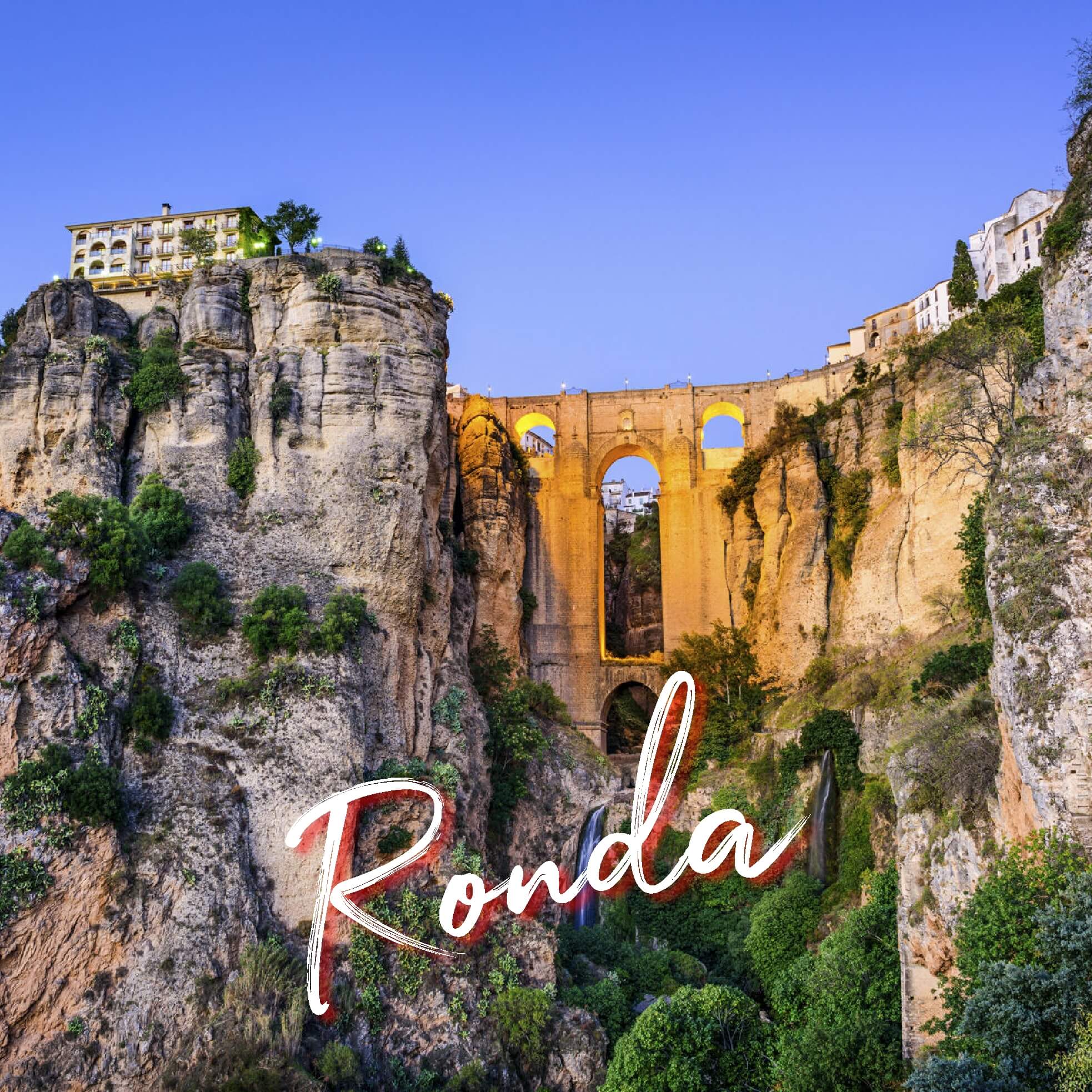
- Puente Viejo (Old Bridge): It was called “New Bridge” until the construction of the new bridge over the Tagus, then it began to be called “Old Bridge”. The origin of the original bridge is not exactly known if it was built by the Romans or by the Arabs. We know that it was destroyed by a flood and in 1616 the bridge was built as it is currently known. The bridge measures 10 meters in length and has a height of 31 meters.
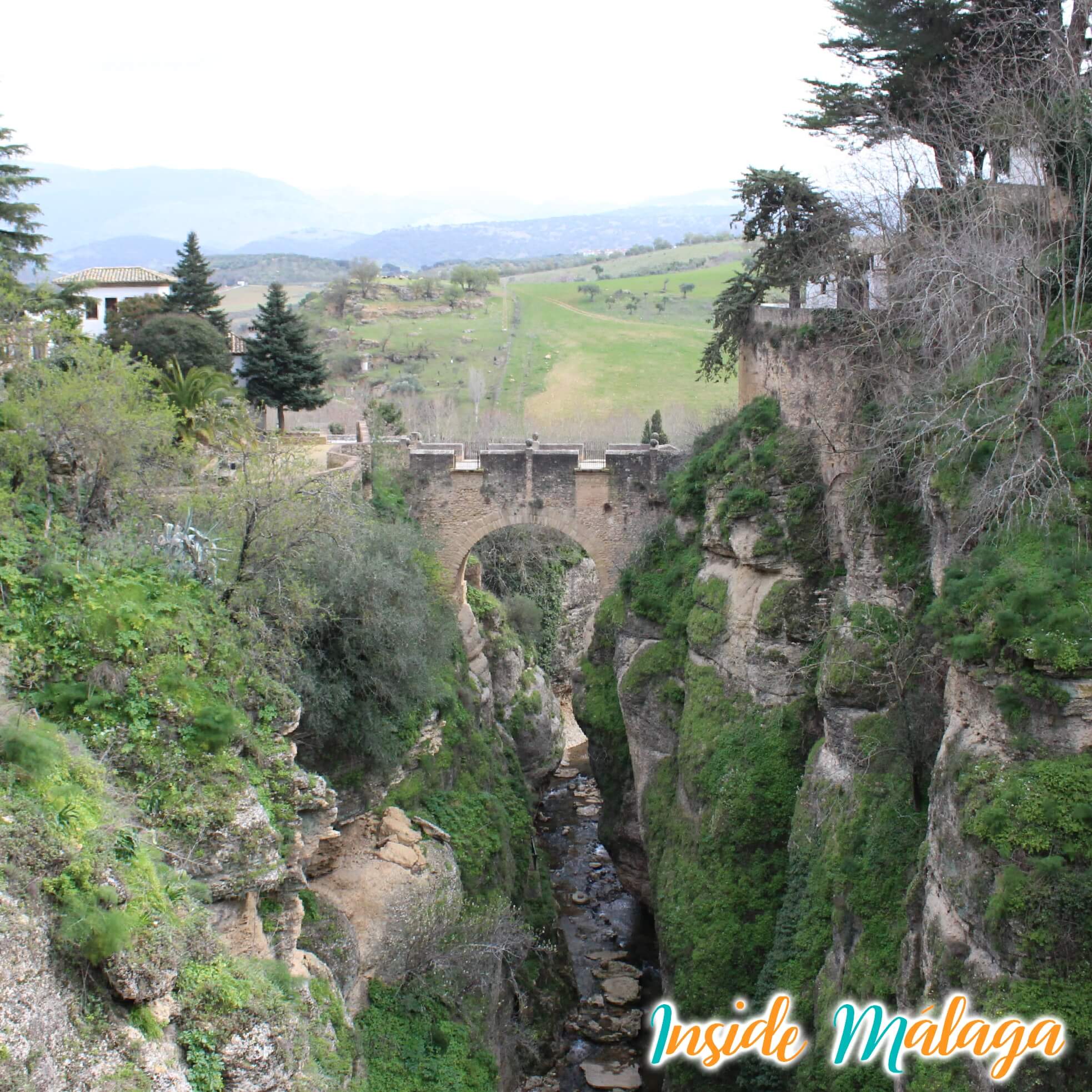
- Arab Bridge: Also known as the Puente de las Curtidurías (Tanneries Bridge) or the Roman Bridge, even though it is of Arab origin. It is one of the first joints between the two parts. It is built with a single arch and stands at an altitude of 12 meters above the river. Its construction is no longer totally Islamic because it has undergone several repairs over the centuries due to the destruction caused by the rising of the river. Craftsmen who worked with textiles and leather settled in the area of the bridge, which is why it received the name of Puente de las Curtidurías, “Tanneries Bridge”.
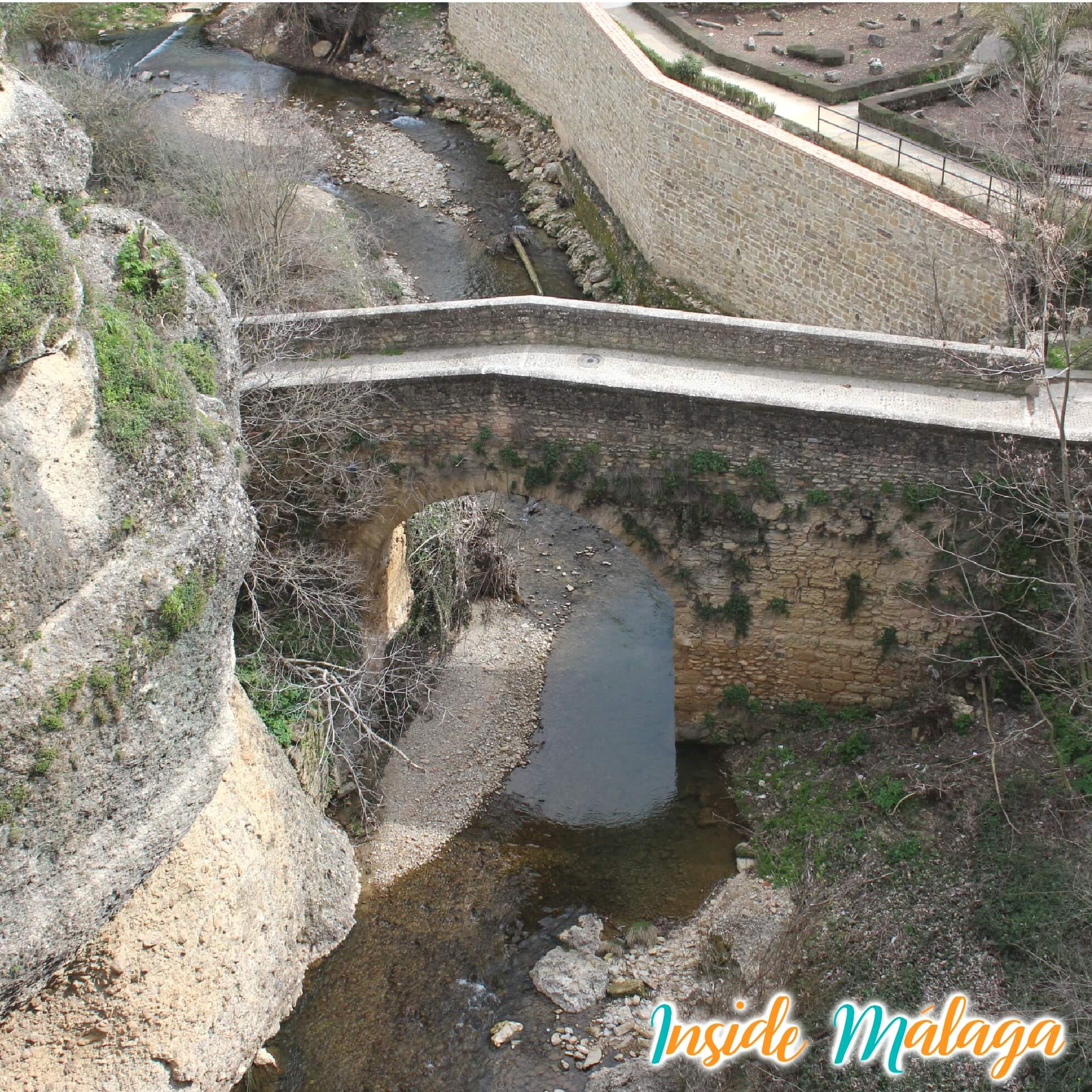
- Palace Rey Moro

- Arab Thermal Baths: Located next to the old bridge, the arch of Felipe V and the hermitage of San Miguel. The thermal baths of Arab origin are the best preserved in the Iberian Peninsula. The complex follows the Roman structure, it contains rooms with cold, warm and hot baths. We emphasize that the hydraulic system such as the boilers, pipes and the ferris wheel are almost completely preserved.
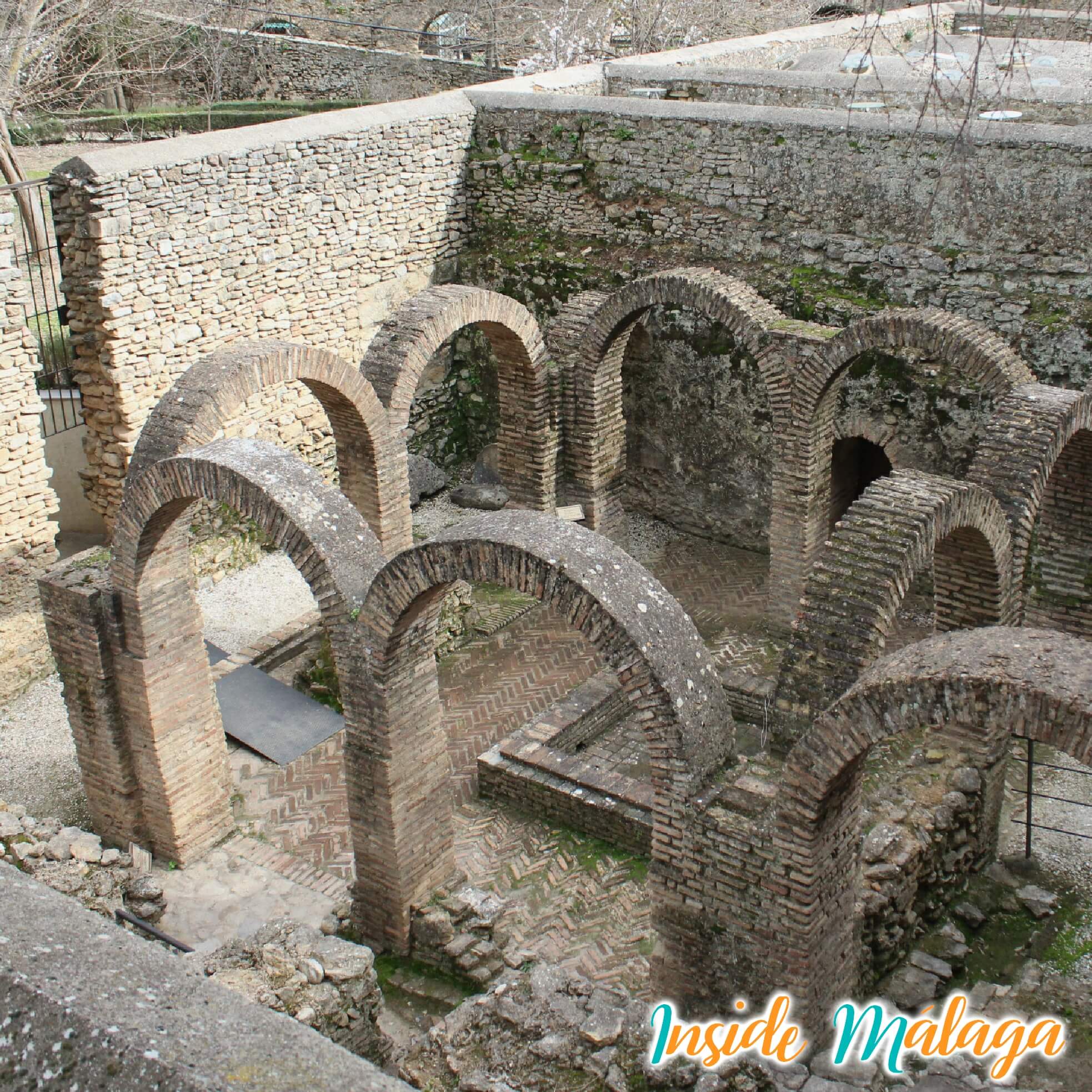
- Plaza de Toros: Bull Ring: It is considered one of the oldest bullrings in Spain. Its construction was carried out between the years 1780 and 1785 at the hands of the architect Martín de Aldehuela. Its arena has a diameter of 66 meters, one of the largest in the world. The stands have two floors with five rows each. The arena contains 136 columns forming 68 arches. Inside you can visit the Museum of the Real Maestranza de Caballería de Ronda.
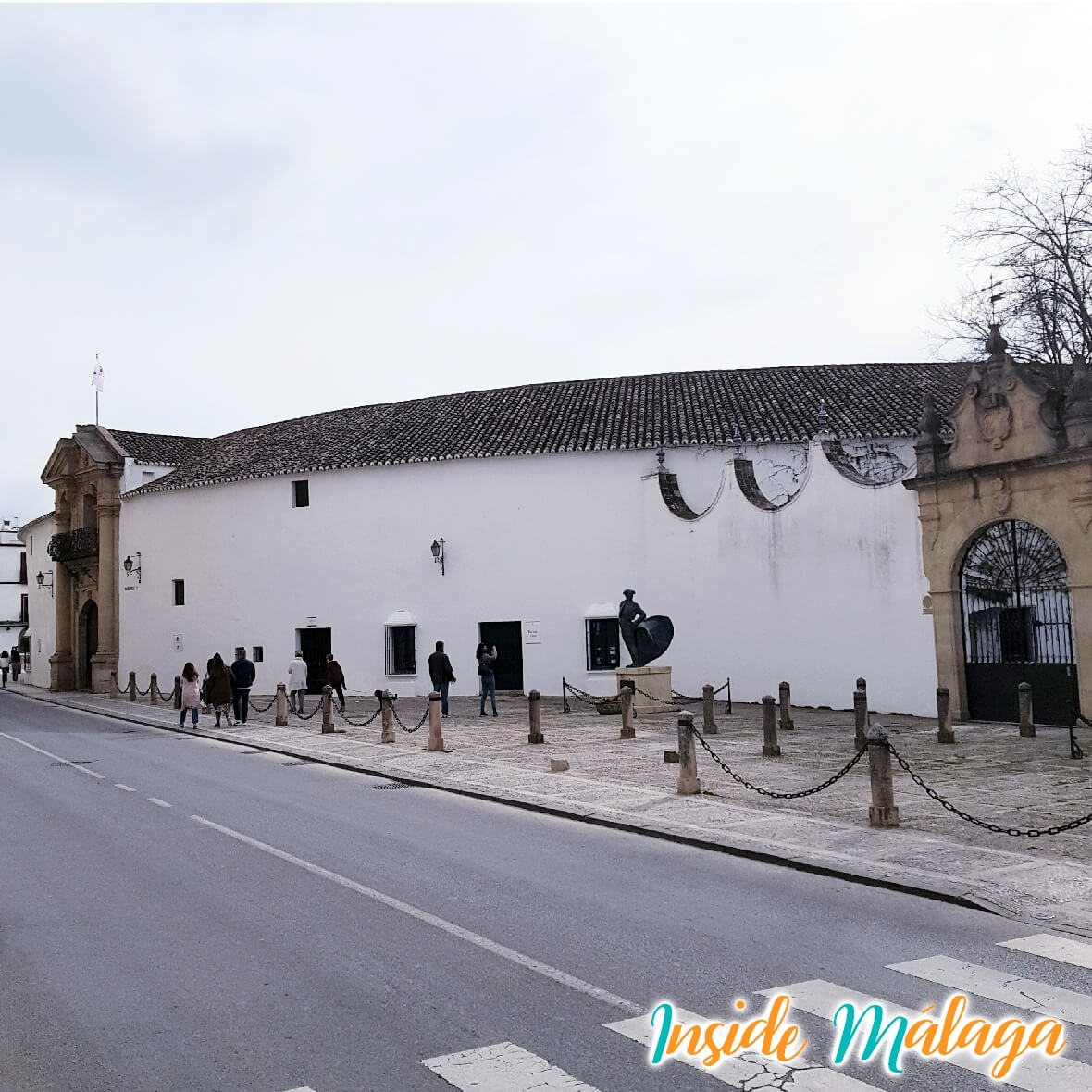
- Arch of Felipe V: After the first bridge collapsed in 1741, plans for the new entrance to the city failed. To improve the flow of people and goods, they decided to expand the old entrance and the Arab bridge by building this arch in 1742.
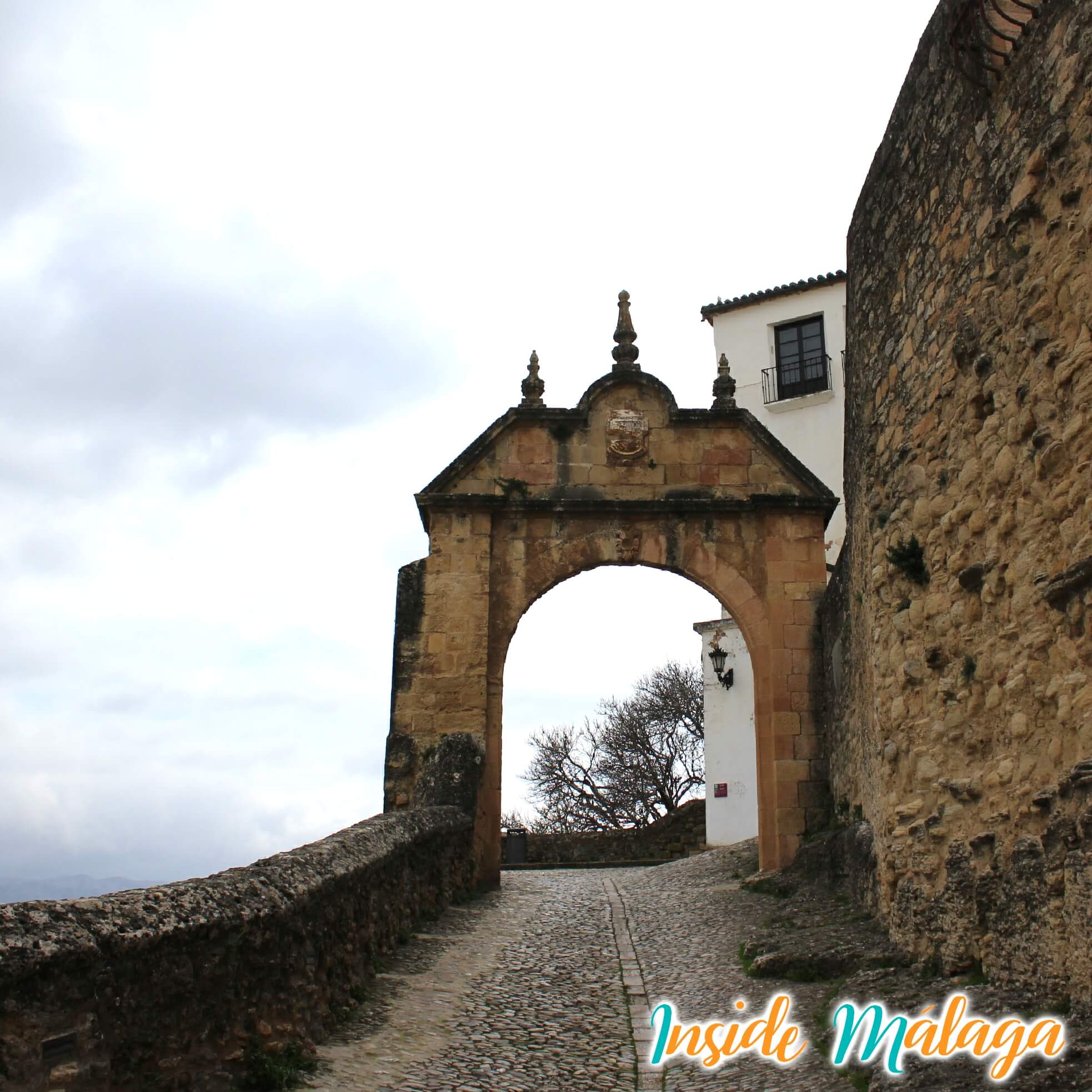
- Fuente de los Ocho Caños: The “Fountain of aight pipes” built during the reign of Felipe V in the 18th century. The fountain is useful on both sides, on one side it has eight pipes and on the other it is a trough for cattle.

- The minaret tower of San Sebastián: Located in Plaza Abul Beka. The minaret was part of an old mosque and was later used as a bell tower for the church of San Sebastián, which has also disappeared. The tower consists of three floors, the first two built in the 14th century, the last built after the reconquest. A minaret is used to call the faithful for prayer.

- Templete Virgen de los Dolores: Located on Calle Virgen de los Dolores in the Mercadillo district. The pavilion is an open chapel with a rectangular shape. A small balcony presents the image of the Virgen de los Dolores. On each side of the niche we have the shields of the Catholic Monarchs and King Felipe V. We mark the columns carved with silhouettes that are hung from the neck with a rope. The pavilion was built in 1734 on a site of prayers in the 17th and 18th centuries before criminals were executed in a nearby square. These facts and the silhouettes with the rope gave this temple the nickname “El Templete de los Ahorcados” (Temple of the hanging).

- Andalusian Monument, Hercules and the two lions: Located in the Plaza del Socorro. Ronda was the place where the Andalusian feeling was born at the hands of Blas Infante in 1918. In that year, the insignia or elements of the Andalusian region were adopted: The green-and-white flag and the shield that contains Hercules accompanied by two lions next to two Greek columns. The monument was built in front of the Circulo de Artistas, which is where the Ronda Assembly was held in 1918.
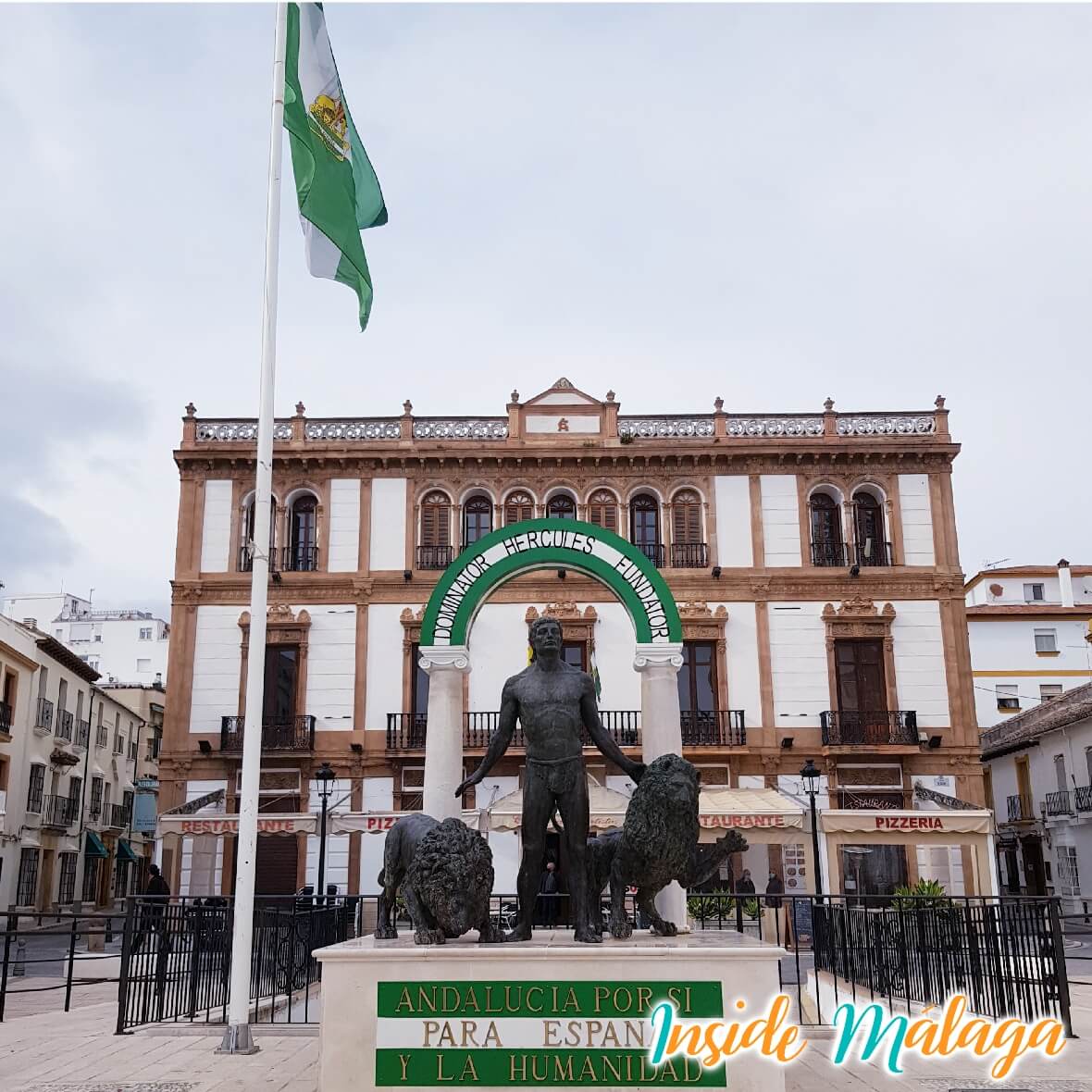
- Palace of the Marquis of Salvatierra: Located in the historic center of the city next to the Padre Jesús neighborhood, this palace was built in the 17th-18th century. Of this building we highlight its Corinthian columns and the Baroque façade with a wrought iron balcony from Ronda. On the façade we can see some nude figures with an Indian influence.
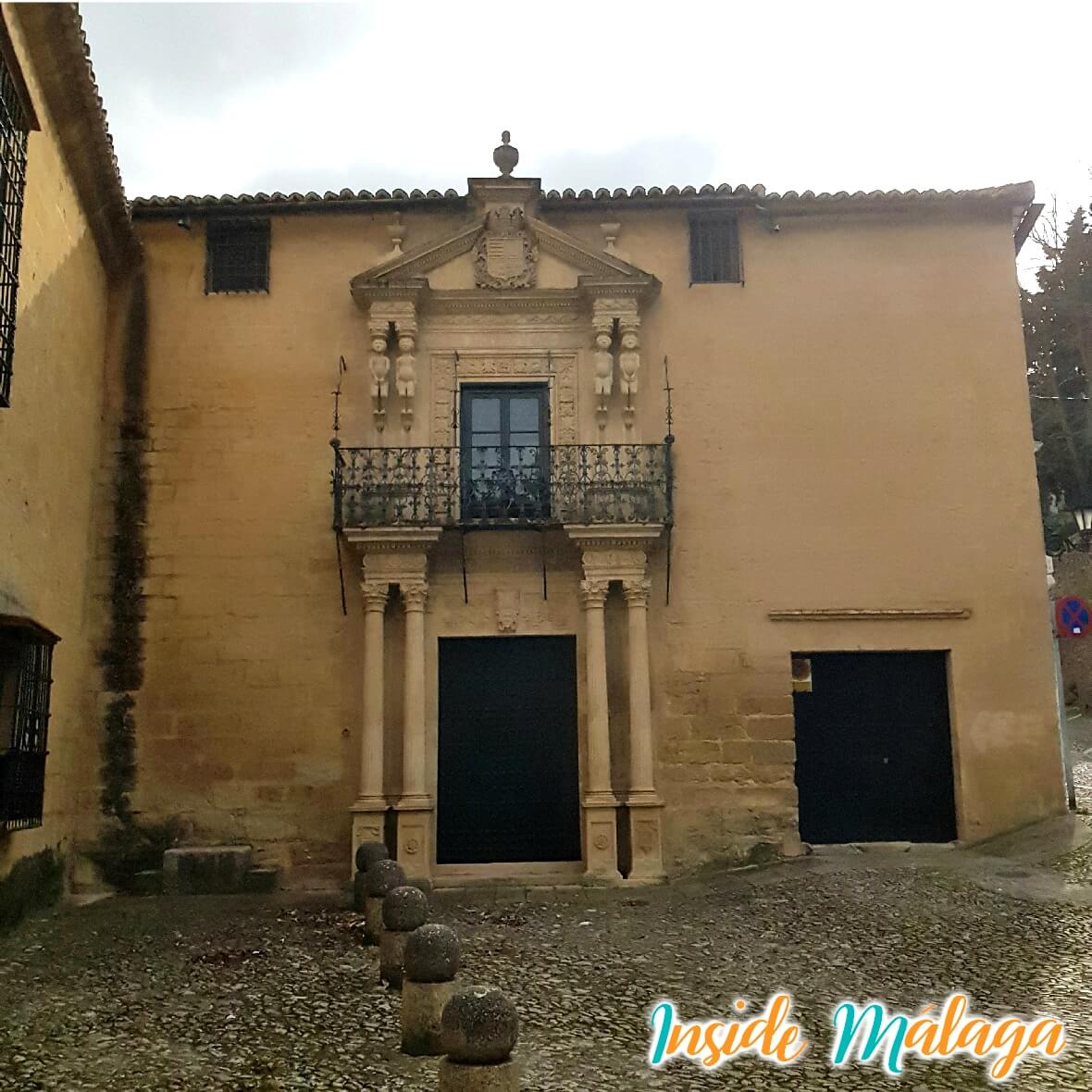
- Alameda Park: Located next to Virgen de la Paz street. It is a park and tree-lined promenade on the edge of the Tagus that dates from the 19th century. It is also a botanical garden with trees over 200 years old, the park is divided into 5 avenues that lead to a balcony with views over the pit and the mountains. Inside the park is the Vicente Espinel theater.
- Puerta de Almocábar: Located in the southern part of Ronda next to Calle Espiritu Santo. It is a defensive wall built in the 13th century that is made up of 2 towers and three entrance doors. The name comes from the Arabic “Al-Maqabir”.
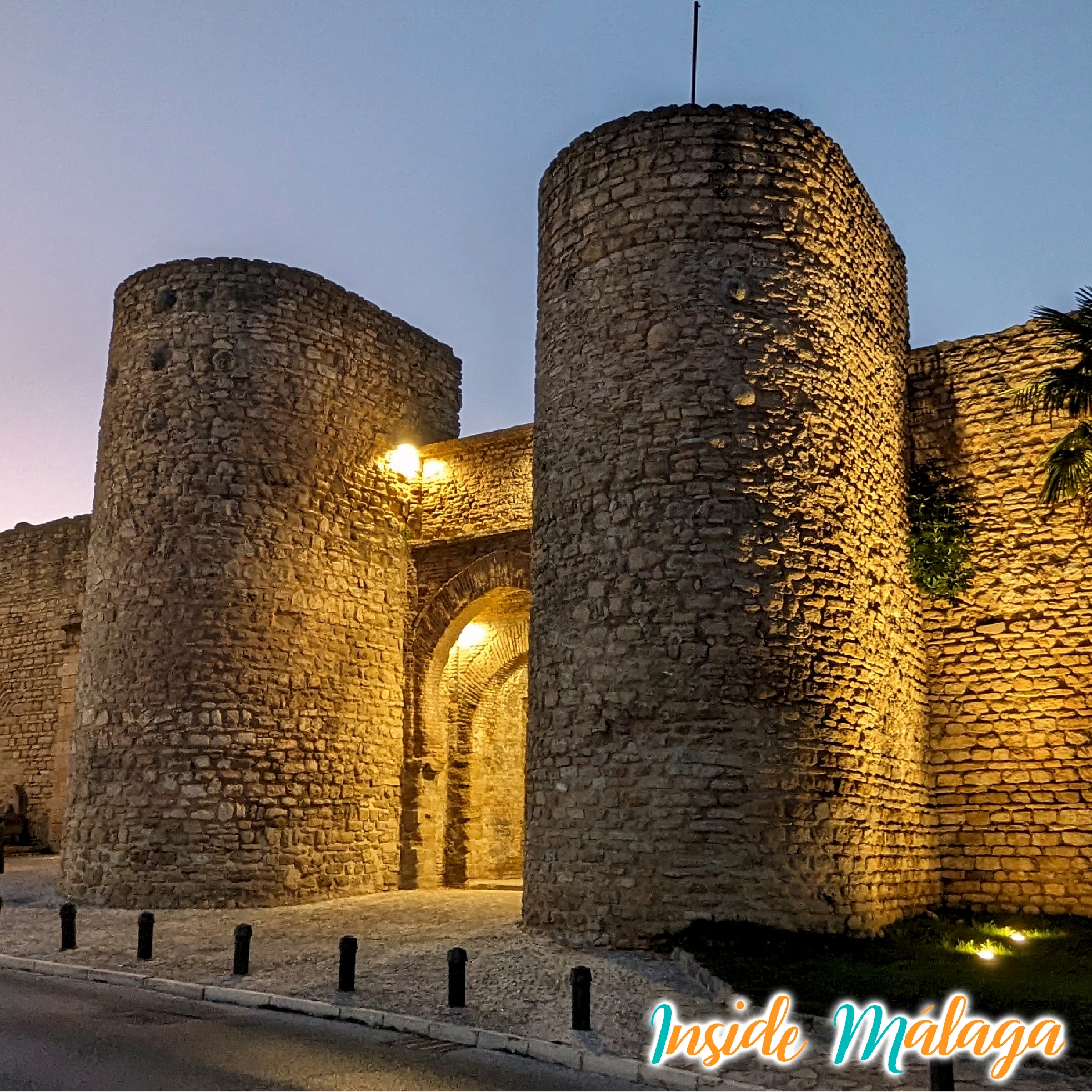
- Palacio de Mondragón
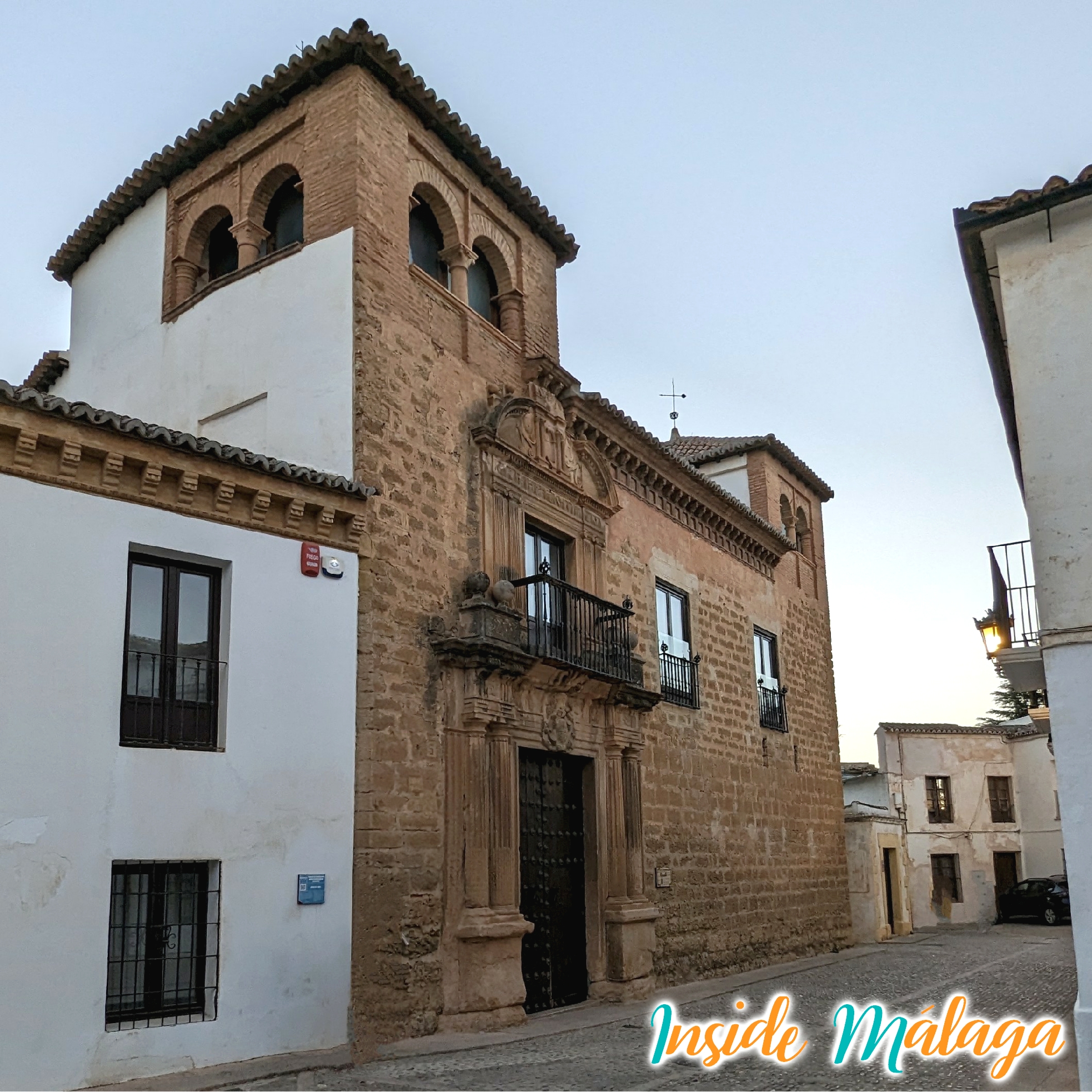
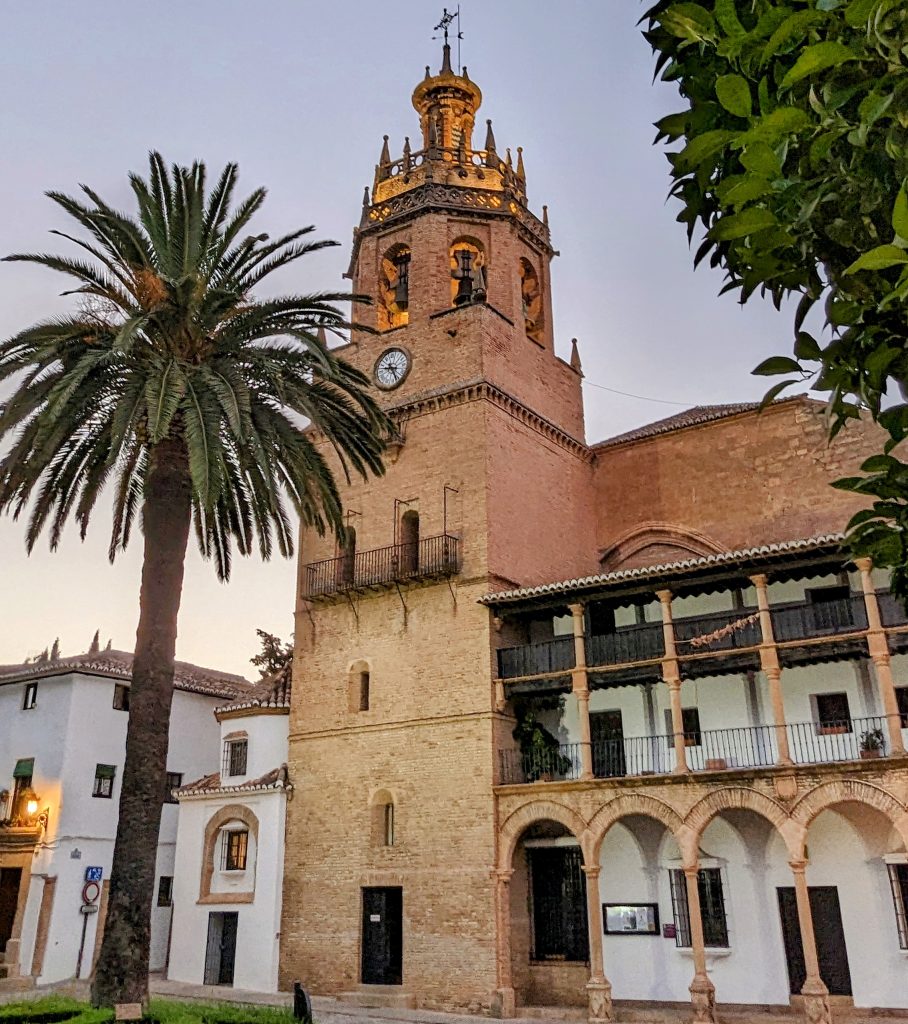
CHURCHES AND RELIGIOUSES BUILDINGS IN RONDA
The charm of Ronda’s squares, streets and neighborhoods would not be as charming without its religious buildings and temples. Since the capture of Ronda in May 1485, numerous religious buildings were built in the city. The sites of the old mosques were converted into churches whose purpose was to promote and consolidate the Catholic religion in the region. If you want to know all the religious buildings, you can consult the complete article.
MUSEUMS IN RONDA
- Ronda Carriage Museum: Located near the New Bridge of Ronda, on Calle Cuesta de Santo Domingo. A collection and exhibition of historical horse carriages with an area of more than 650 square meters. Added to this collection is a large selection of typical Malaga and Andalusian costumes that belonged to national and international celebrities. A unique museum in Spain with the same traditional charm as the city of Ronda.
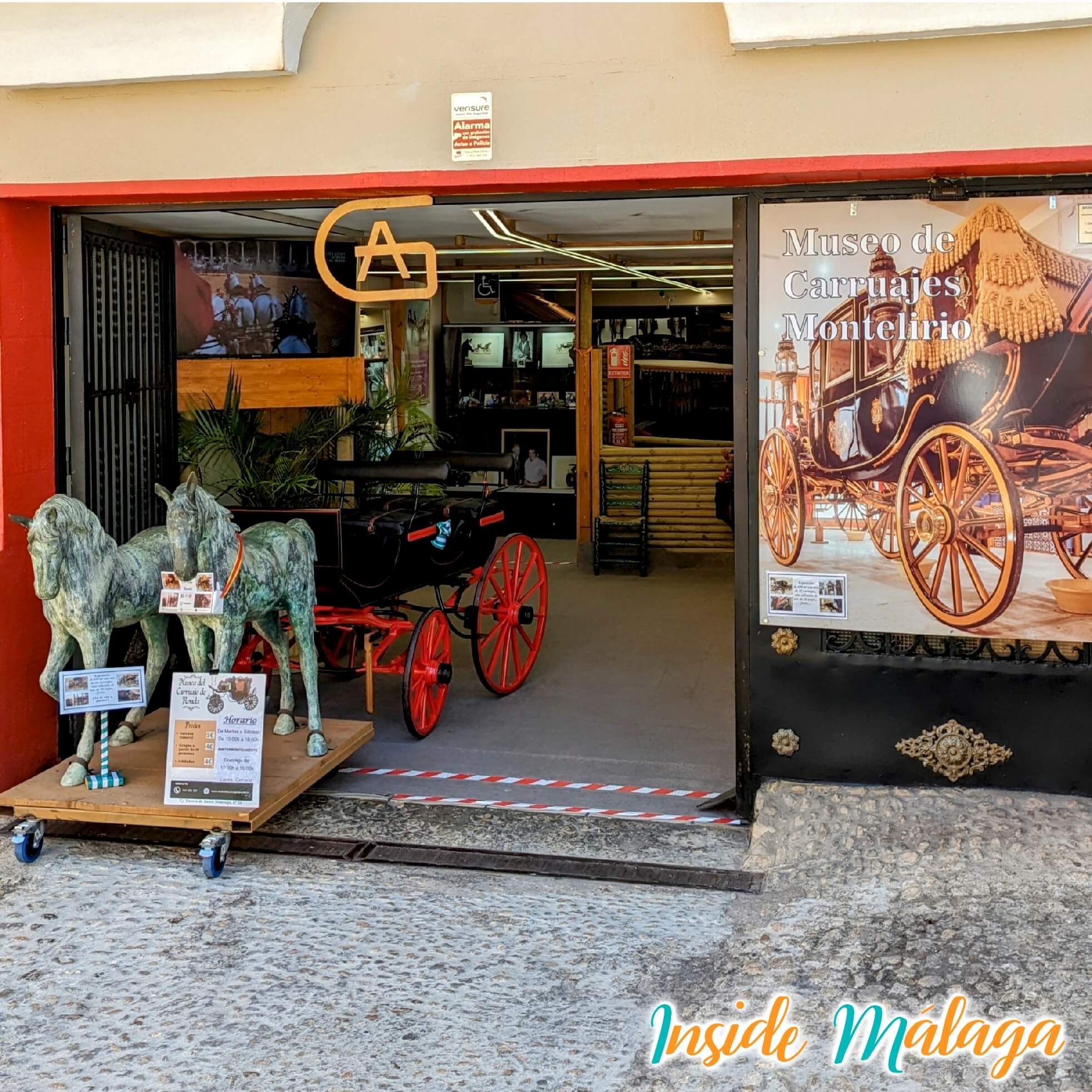
- Museo Municipal de Ronda
- Museo Lara
- Museo del Bandolero
- Museo Joaquín Peinado
- Museo del vino de Ronda
- Museo de Rilke
For more information about Ronda Village: visit the City Council page
